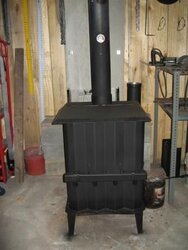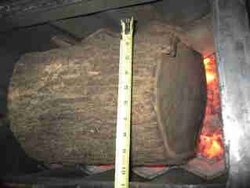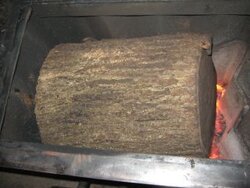Hey Bruce, thanks for posting. Sedore is new to me. It's great to learn about a new stove. And it has a water coil option. Cool!
How many seasons have you been buring in the stove?
http://members.tripod.com/sharron_reive/about.html
How many seasons have you been buring in the stove?
http://members.tripod.com/sharron_reive/about.html




